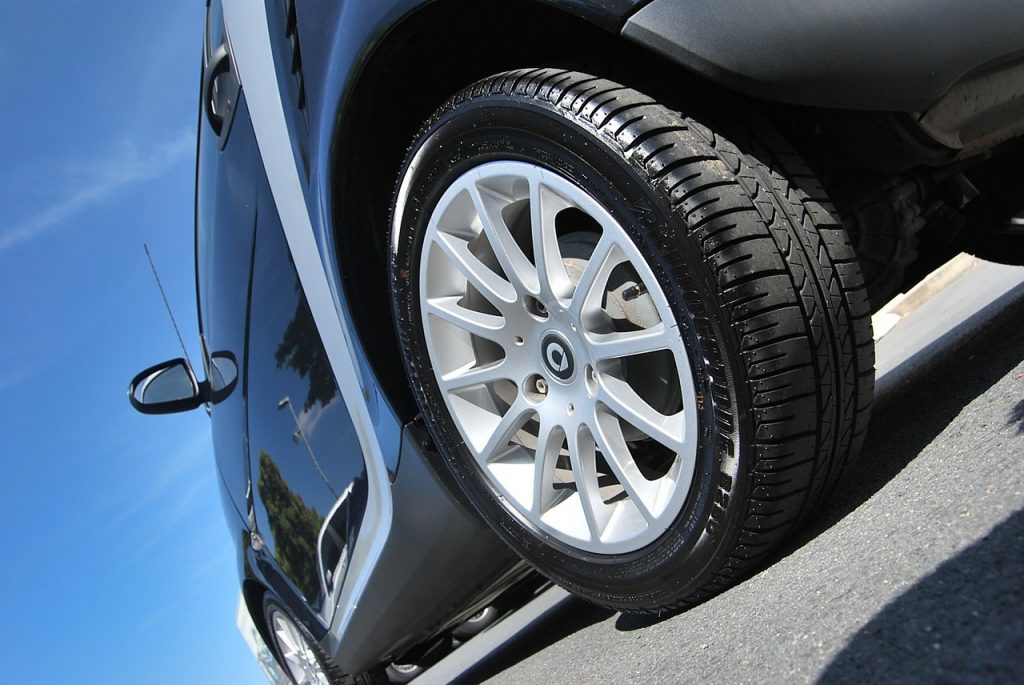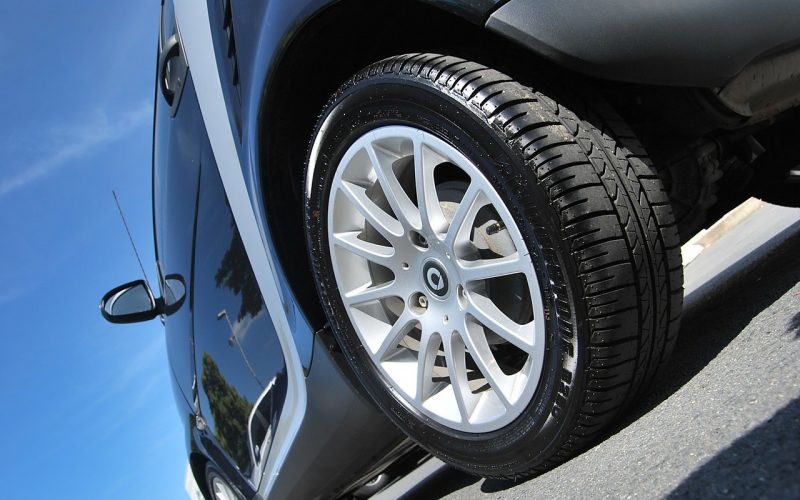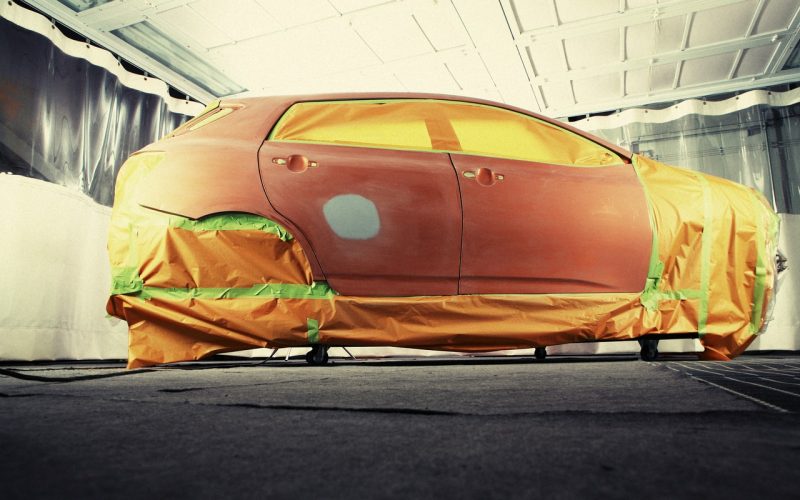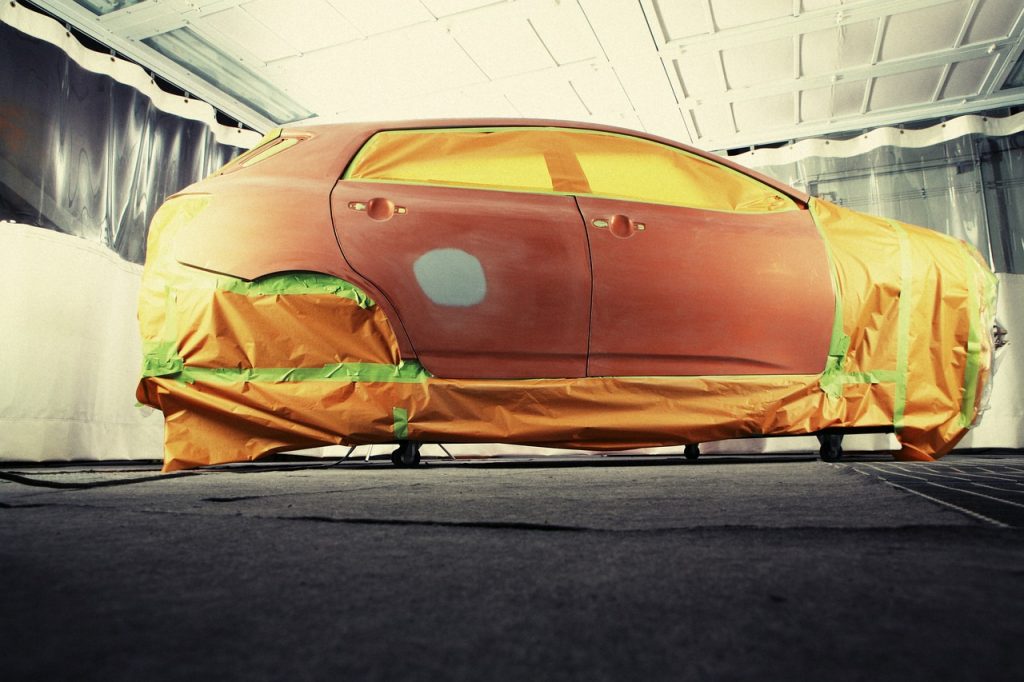
Buying car tires is not difficult; it’s getting the perfect tires for your car which can be complicated. If you make the wrong choice, you can hobble the performance of your car and its capability to tackle all weather types. Car tires should be replaced after every 3 or 4 years. Here are tips on how to pick the right car tires:
- Original Equipment (OE) Tires verses A New Brand
It’s always good to consider buying the same type of tires the manufacturer made for your vehicle. If you like how your car rides and grips, then, purchase the original equipment. Original equipment means that the manufacturer of your specific vehicle commended those tires as a standard for use on your particular car.
Some car manufacturers like Mercedes, BMW, and Audi equip their cars with tires specially prepared for their brand. The tires’ sidewalls have specific OE markings. Below is a table or original equipment markings by car brand:
MO1= AMG
AO- Audi
RO1= QUATTRO
MO= Mercedes
N0, N2, N4, N1, N4= Porsche
It is highly recommended that you replace your vehicle tires with those with the required OE marking. It’s the most straightforward alternative since those tires are designed for your type of car and will fit perfectly.
- Type of Tire
– All-season tires- They are very popular since they can be used throughout the year without having to replace them. They offer modest traction and grip on ice plus functional cooperation of wet and dry grip.
– Winter tires- They’re made of pliable rubber compounds which work best in very cold temperatures. They have more slits and deeper tread which break the ice & bite into the snow. Since they’re not made for use throughout the year, you’ll have to swap them with summer tires when winter draws near.
– Summer tires- They’re perfect for sports cars. They have a good grip on very dry roads and in warm temperatures at very high speeds. The supple rubber compound doesn’t offer good traction in areas with temperatures of less than 40 degrees and on snowy surfaces.
- Tire Size
Look for the placard on your driver’s side door which shows the size of tires which perfectly fit your car. The string of letters and numbers denotes the width, height, and diameter of your tire. The new tires you purchase should have the exact dimensions as those indicated by the manufacturer of your car.
The placard reads something like P215/ 60R16 94T. The last number (16) is the diameter of the wheel. 94 is the load index (the maximum weight each of the tires can hold). T stands for the speed rating. This is the maximum speed of the tire in connection with the load index.
- Handling & Comfort
Choose the tires which are not only the correct size but also those which optimize the handling of your car and its breaking capability. You can choose tires that minimize noise on the road and offer a comfy ride.
Yes, you can find a lot of good quality tires in the market, but when it comes to choosing what is right for your car, it takes careful consideration of the factors mentioned above because not all popular brands of tires are the ones made for your car.



